Acoustic diffuser - Woody Fractal 34




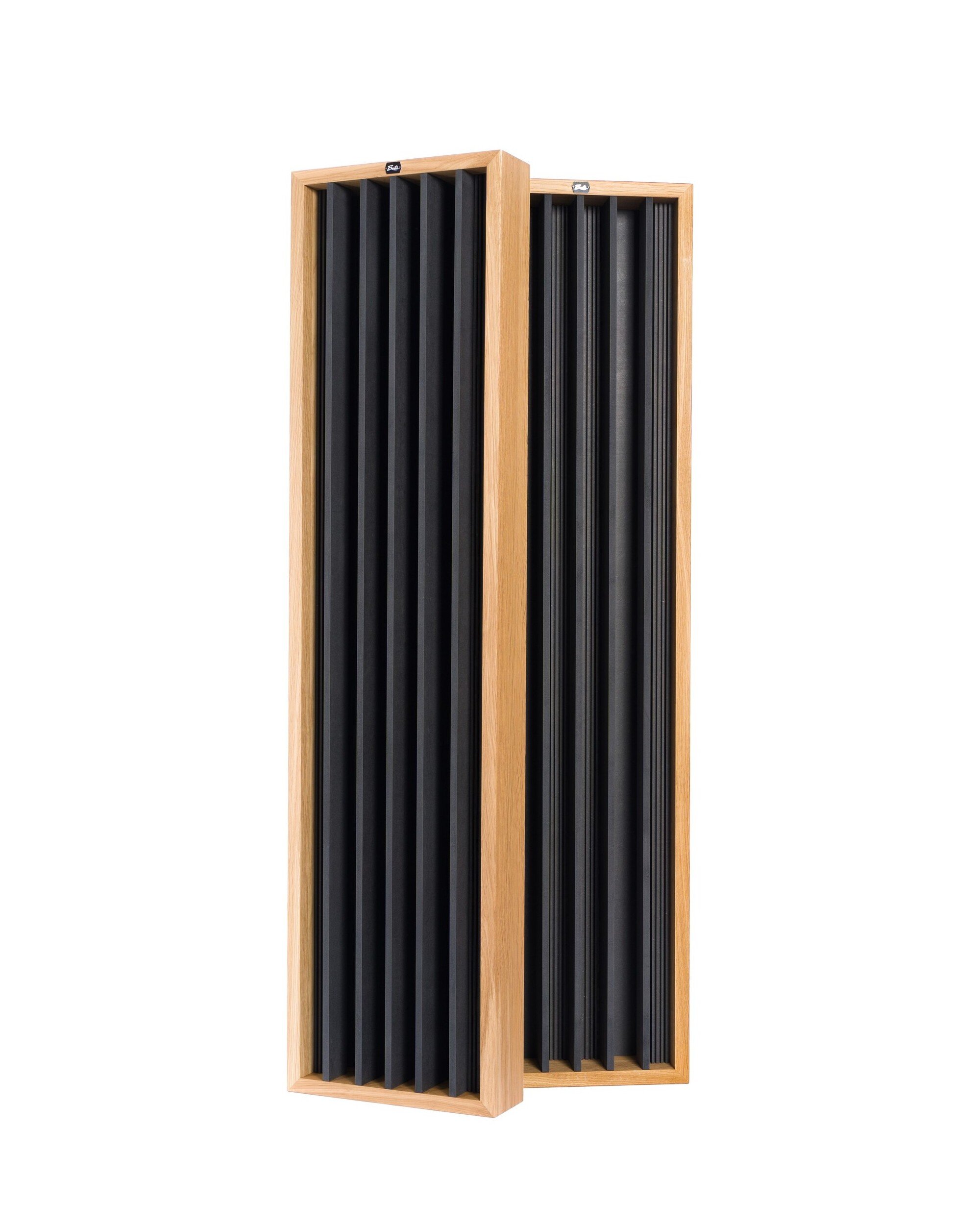

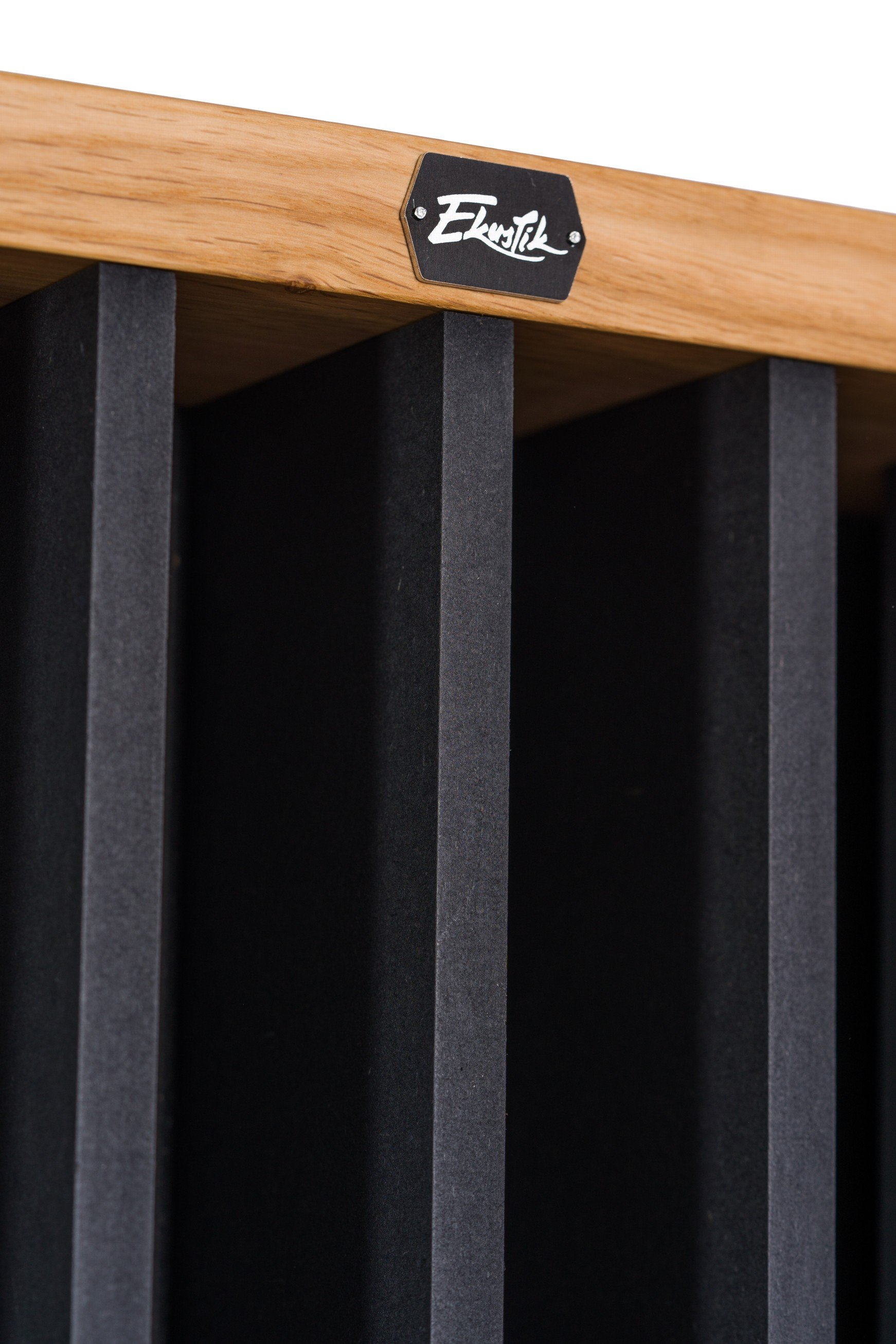
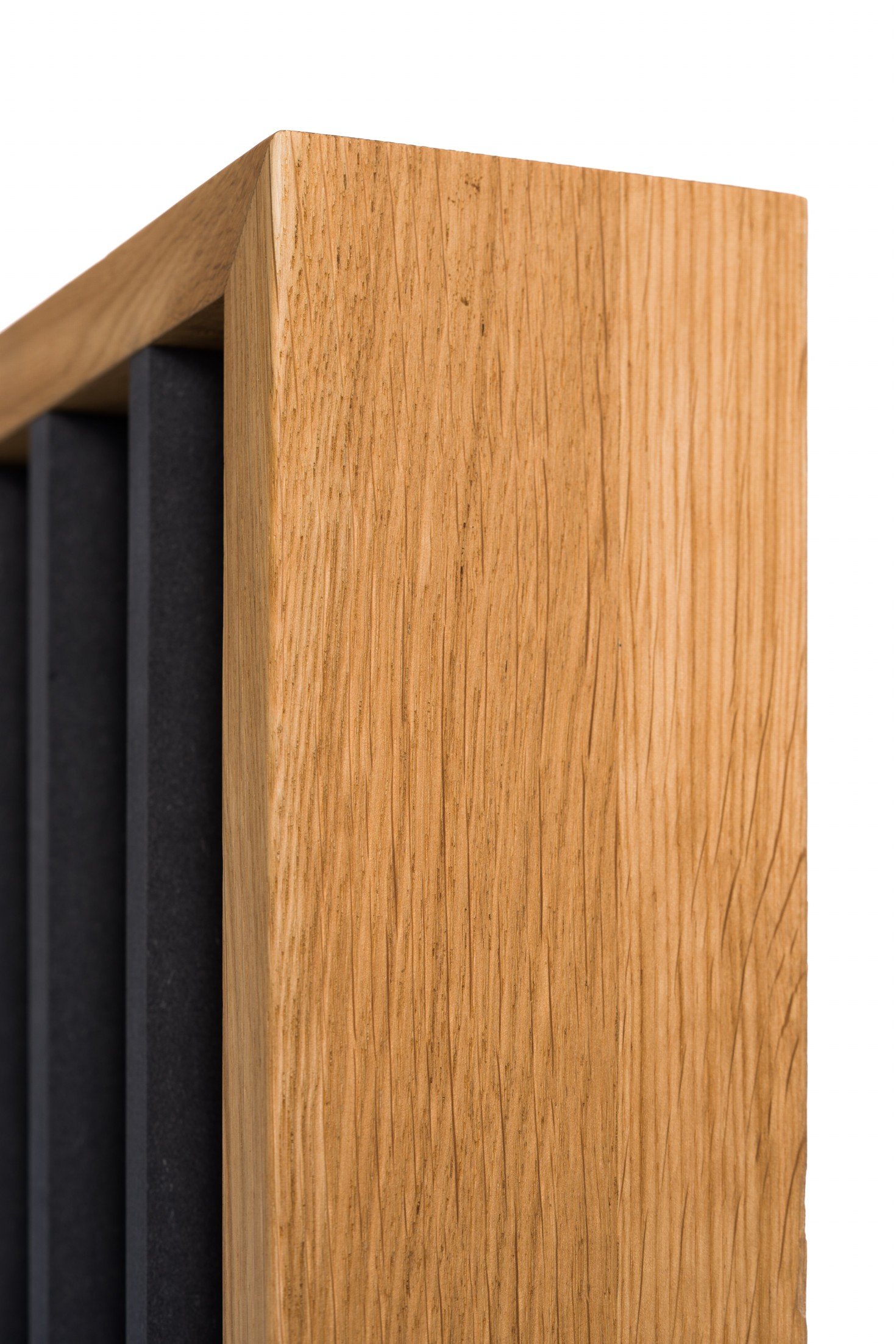
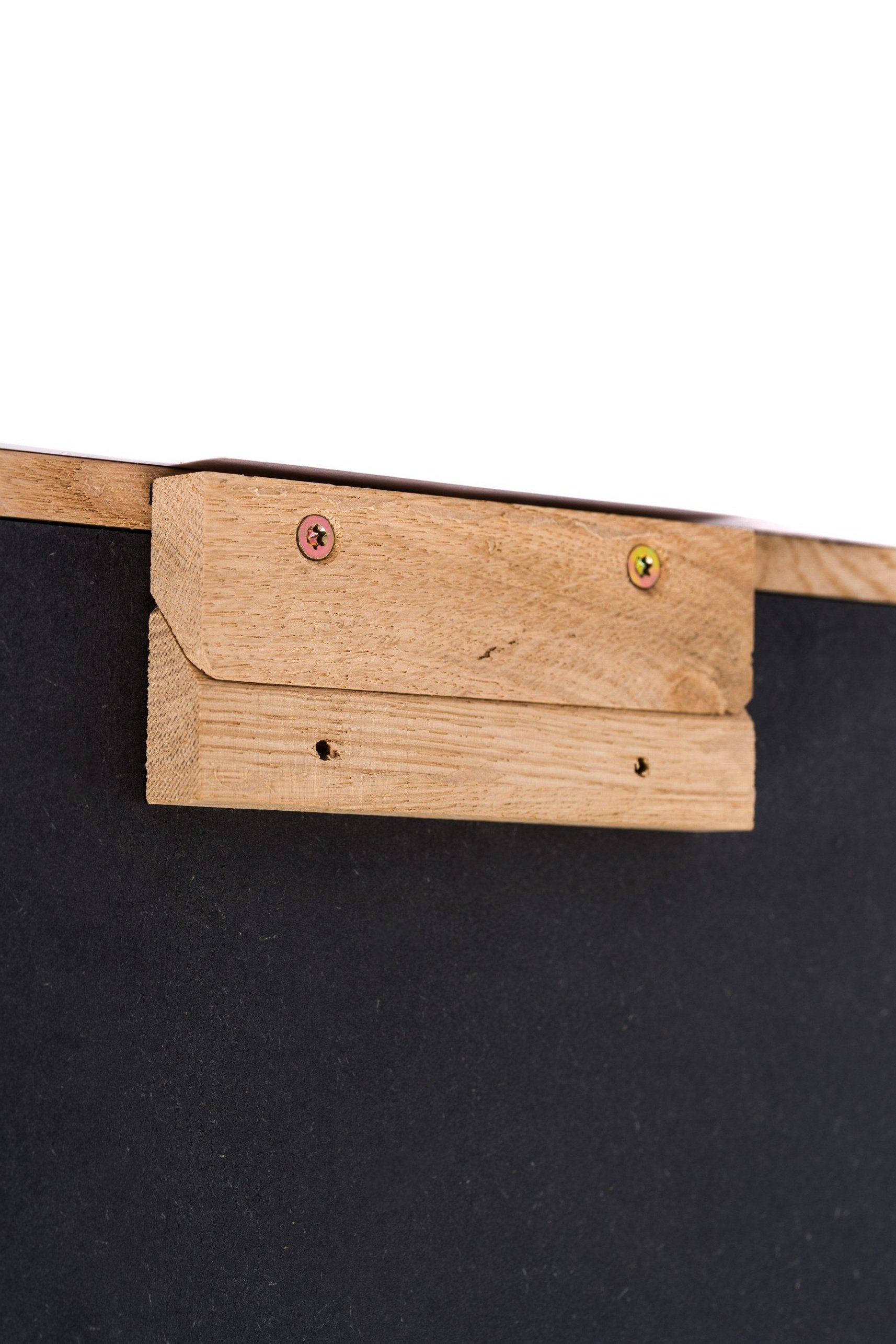
Acoustic diffuser - Woody Fractal 34
Premium QRD acoustic diffuser for high-end audio to make you stand out. Designed with superior efficiency in mind while maintaining a lean look. Handmade in the Czech Republic with patented design.
Key features:
instantly enhances the listening experience
the highest effectiveness already from 350 Hz
unique fractal design inside for efficiency past 4 kHz +
the thinnest QRD diffusor - only 10 cm depth
luxury patented wooden finish
save 10 % when buying in bulk
Woody Fractal 34 is the best-performing small diffusor you can find out there. It is the only QRD diffusor based on prime n7 that has a panel depth of just 10 cm and scatters soundwaves from 350 Hz higher.
It’s designed to create an evenly distributed sound field at your listening position for a better listening experience. You will not only keep more sound energy in the room, but you will direct the sound evenly into your ears. This is a true Schroeder (QRD) diffusor used in professional music studios and in hi-fi listening rooms.
Each Woody Fractal 34 is an original made by hand in the Czech Republic with our signature and patented design.
Unique design with folded wells and fractal
Our Woody Fractal 34 is thinner than every QRD diffusor on the market with similar properties. How is it possible? It’s simple: the deepest wells of the panel are folded so the whole construction can be thinner by 4 cm than it would normally be. It’s thinner by almost a third compared to others. We are all about saving your space!
But why are the bottoms of the wells made with such tiny narrow gaps? That’s the fractal. It’s actually another small diffusor formed in there so we could increase the efficiency of scattering of the highest frequencies. Without this fractal, the diffusor would scatter frequencies up to ~4k Hz, now it can get past 8k Hz. This is what you find only in the highest-end production.
Packing them by two
Woody Fractal 34 is just 30 cm wide so we are packing them by two in a box. A single piece doesn’t make sense from the acoustic perspective, so you can get either two or four at once. Remember, you need to cover a sufficient area of the wall to achieve evenly diffused sound.
Behind the listening position, you should use an array of 4 or more diffusers. The more, the better for your ears!
If you want to experiment like a pro, try placing at least 2 diffusers right next to each other on the front wall straight behind speakers or on the sidewalls on the first reflections points.
Patented design
The design of the wooden frame of the Woody Fractal 34 is patented and protected under the European industrial design no. 008611321-0004 and 008611321-0005.
“34 mm is the width of the wells - the main parameter to ensure the effectiveness of the diffuser”
PROPERTIES
Premium acoustic panel designed to enhance the sound experience in hi-fi listening rooms and professional music studios.
100% Czech handmade product with a quality guarantee
Practical working range: from 350 Hz, past 8k Hz
Dimensions 30 x 120 x 10 cm (width x height x depth)
Luxury wood finish
Wall hang system included
The package consists of 2 diffusers
Weight approx 20 kg (2 x 10 kg)
Design can be made to measure
Interior use only
For cleaning, use a damp cloth with soapy water
How we make it
How to use the Woody Fractal 34
Effectively scatters sound waves
Acoustic diffusers are the holy grail of acoustic treatment in a room. It’s a device that is used to do the exact opposite of an acoustic absorber - to keep the sound energy in the room. But the important part is that the diffuser scatters the sound waves evenly to create an even diffuse field. If you use a rugged surface like a stone wall you will get diffusion as well, but it won’t be even, it will be just random.
A true diffuser directs the sound reflections back to your listening position, making your room sound more lively. In comparison to rugged walls, you can actually predict the working range of the diffuser because the design is based on a physics formula.
Place them behind your listening position
To make the best out of the diffusers, you should place them at least 2 to 3 meters behind your listening position so the sound has enough space to create an even diffuse field. An array of diffusers next to each other works the best. Ideally, you want to aim for at least 2 meters wide diffusion wall behind you. If you have a bigger room, you should use more.
Left: sound wave reflected from the bare wall. Middle: sound wave absorbed by the acoustic absorber placed on the wall. Right: sound waves scattered in various directions after bouncing off the diffusor.
You can place diffusion on sidewalls or the front wall as well, however, that is usually done after you’ve treated your back wall already. Diffusers on the first reflection points increase the liveliness of the music in your room while preventing the sound from bouncing from the bare walls. The same works for the front wall as well, if you want to keep more energy in your room, but you want to get rid of unwanted reflections from the walls, you can substitute the absorption panels with a quality diffusers.
The science behind
“N7 fractal QRD with folded well”
QRD
Woody Fractal 34 is a quadratic residue diffusor (QRD) designed on a basis of the original diffusers invented in the 1970s by physicist Manfred Schroeder. This type of diffusion is the golden standard in acoustics and we call it the only true diffusion because of its efficiency that spans out of numbers theory.
The dimensions of the QRD diffusor predetermine the working range on which frequencies it works. The most important is the number of wells, the depth of the wells (how deep is the hole in the diffusor), and the width of the wells (space between the fins). The depth of the well 13,6 cm predetermines the lowest frequency and the width of 34 cm defines the upper-frequency limit.
N7
Woody fractal is based on a prime number n7, which means that there are seven wells overall and one of them is with zero depth. You can see six of them are the narrow holes, and the seventh is basically divided between the two sidewalls of the whole panel (it’s the well with 0 mm depth).
Folded well
The maximum well depth is 13,6 cm, which means that the practical working range starts at around 350 Hz. But how is it possible that the panel depth is just 10 cm and the well depth is more than that?
We folded the deepest well in half so we could save space and the whole panel is thinner while maintaining the same effectiveness! That’s the trick. Normally, the QRD diffusers don’t have the folded well and have to be bigger and bulkier. We don’t want to waste any precious space in your room so even a few centimeters matter to us.
Fractal
The width of the wells is 34 mm and the upper-frequency limit for the working range would be somewhere close to 4k Hz. But you guessed it right, here comes another ace from our sleeve: fractal bottoms of the wells. This is what increases the efficiency even past 4k Hz.
Detail of the fractal in the bottom of the well.
A fractal is a never-ending pattern and in this case, it is a tiny diffusor of the same design placed on the bottom of the well. Even the highest frequencies will get scattered by the additional tiny diffusor with a maximum well depth of 5 mm and well width of 3 mm. This is the masterpiece you see only in high-end production.
FAQ
What is the difference between absorber and diffuser?
Absorbers take in the sound energy when the sound waves hit them and transform it into heat. Diffusers do the exact opposite of absorption but in a more clever way. They evenly distribute the sound waves into the room by scattering them from the irregular surface. By creating this even diffuse field, diffusers maintain the sound energy in the room and make the music feel spacious and lively.
Does every diffuser work the same way?
No. Only mathematically calculated diffusers like Woody Fractal can have a projected effective range and can be designed to work on specific frequencies. A rugged wall can act as a diffuser as well, but the diffusion will be random and not ‚true‘. That‘s why QRD diffusers are used in professional spaces.
How many diffusers do I need in my room?
Diffusers need to be at least a few meters wide or they need to be placed in an array to make a difference. Since our goal is to create an even diffuse field that will make the sound more lively, we need to line a whole array of diffusers next to each other to scatter as much energy as possible.
The highest diffusion effect is accomplished when we place 5 and more diffusers next to each other. There is the math behind it, but to simplify it, the more periods (diffusers next to each other) there are, the more even the energy gets distributed. And that's what we want. If your diffusion panel array is less than one meter wide, you will probably not hear much of a difference.
Where do I place diffusers?
On the rear wall. That is the most popular option in music studios, listening rooms, home theaters, or other musical spaces. The idea is that if you place your listening position far enough from the rear wall (at least 2 meters), the diffusers on the wall will have enough space to evenly distribute the energy and you will get the best experience.
On the side walls. If you don't want to use only absorbers on the first reflection points and want to preserve more liveliness in your room, you can place the diffusers on the sidewalls between speakers and the listening position as well. The important thing is that the first reflection points are covered and the energy is not reflected by the flat walls directly at the listening position.
On the front wall. This option is suitable for audiophiles, who already treated their rear wall with diffusion and want to add even more spaciness to their music. You can create the effect of 'endless space' by having two opposite walls covered by arrays of diffusers so the energy is almost never reflected by the flat surface.
How is the effectiveness of the diffusion measured?
It is very difficult to test the diffusion and almost nobody does it. Why? It‘s because the QRDs are designed according to the numbers theory from R. Schroeder and it works. Mathematic formulas based on the experiments in the 1970s are used to design the diffusers and modeling software is then used to test their effectiveness. We used special software to test out all our designs before we decided on the best outcome that went into production.
Should I always use diffusion?
We don't recommend placing diffusers on a wall if you don't have enough room to let the energy evenly spread out before it reaches your ears at the listening position. This means at least 2 meters from the rear wall or more. If your room is smaller, invest more of your time to tame the low frequencies and flutter echoes.
Can you make me a panel on request?
Yes. That's what we like the most. Ekustik diffusers and absorbers are designed to withstand for a lifetime, so let's equip your room with some designer pieces. Don't hesitate to contact us!
Get inspired
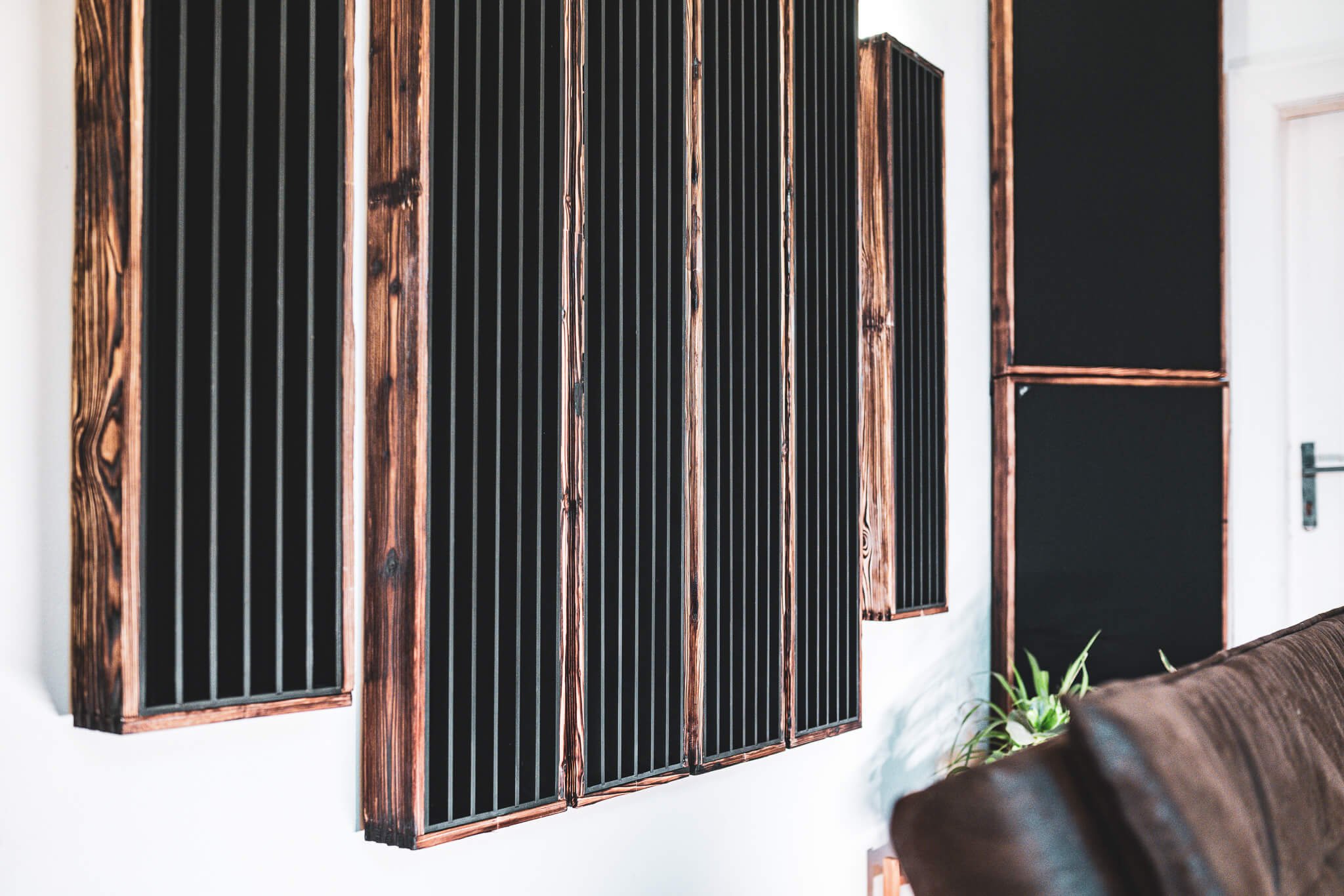
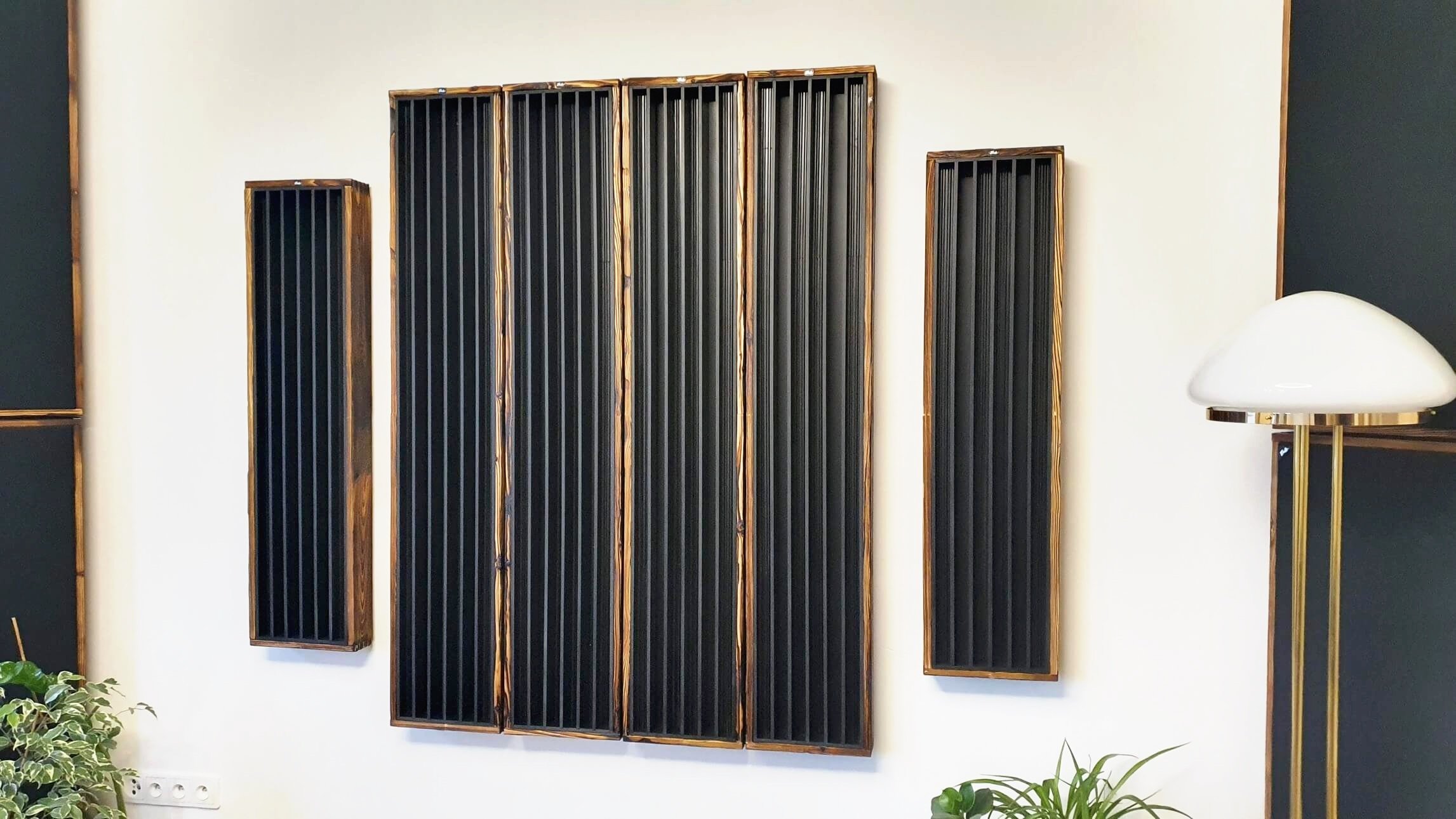
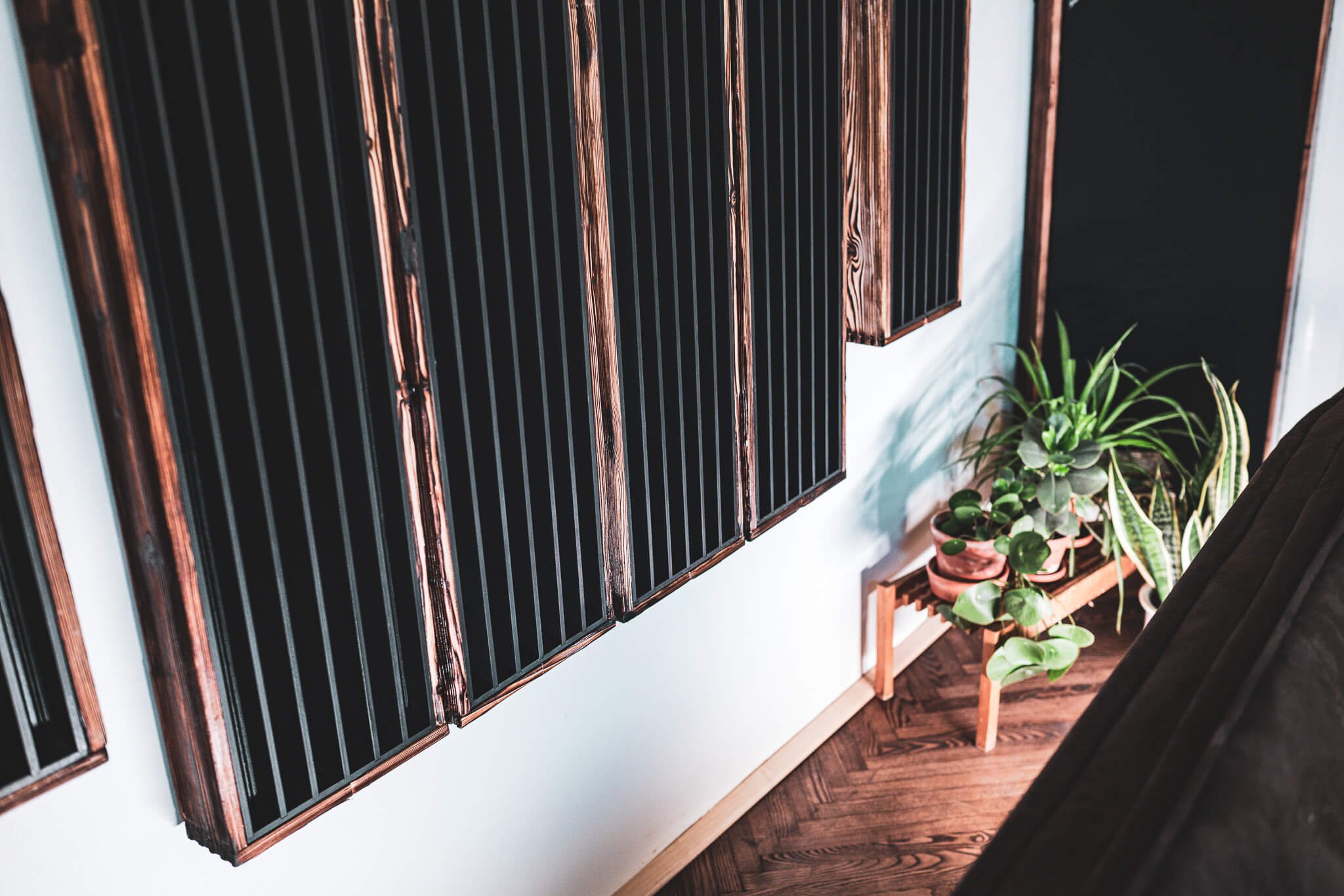
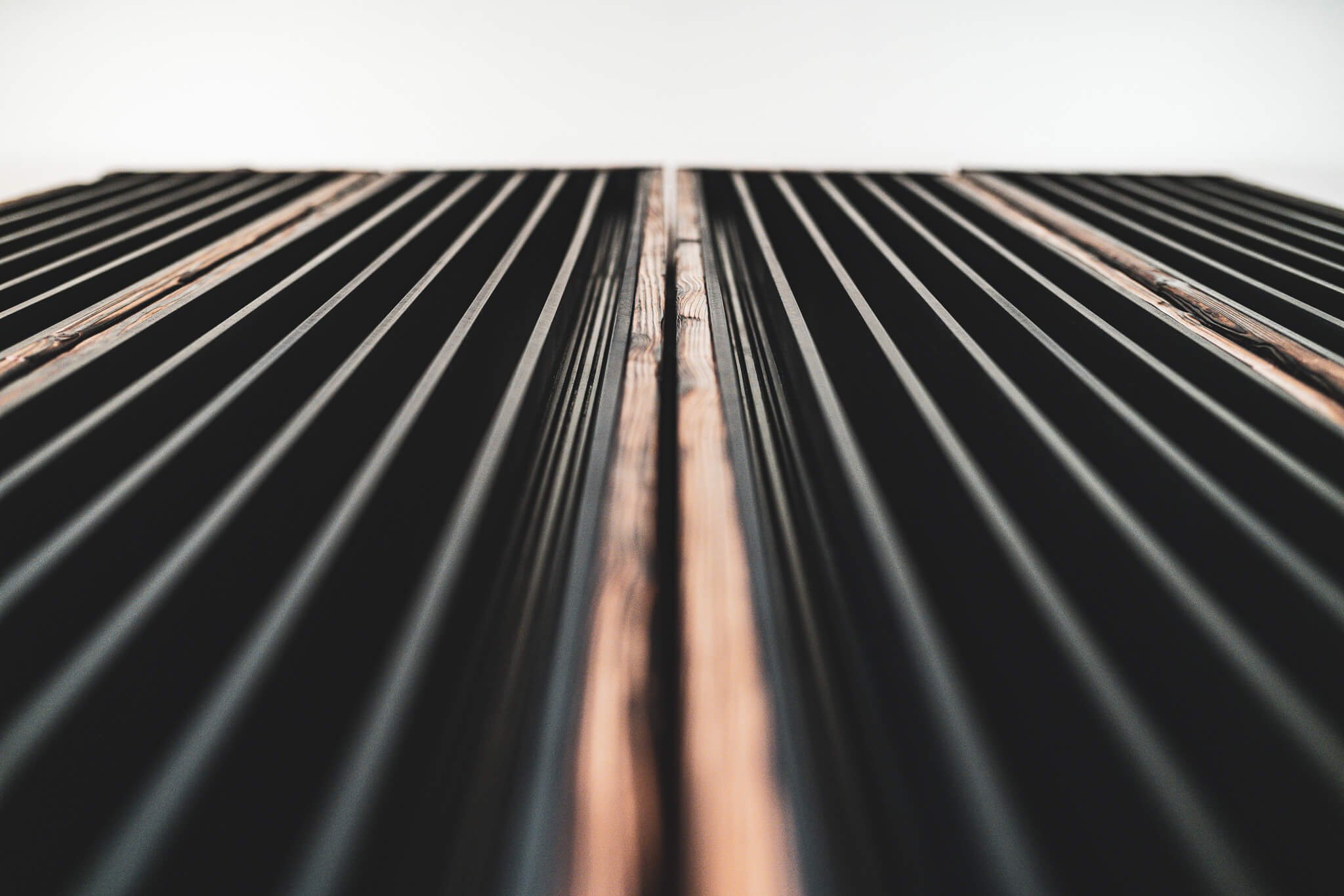
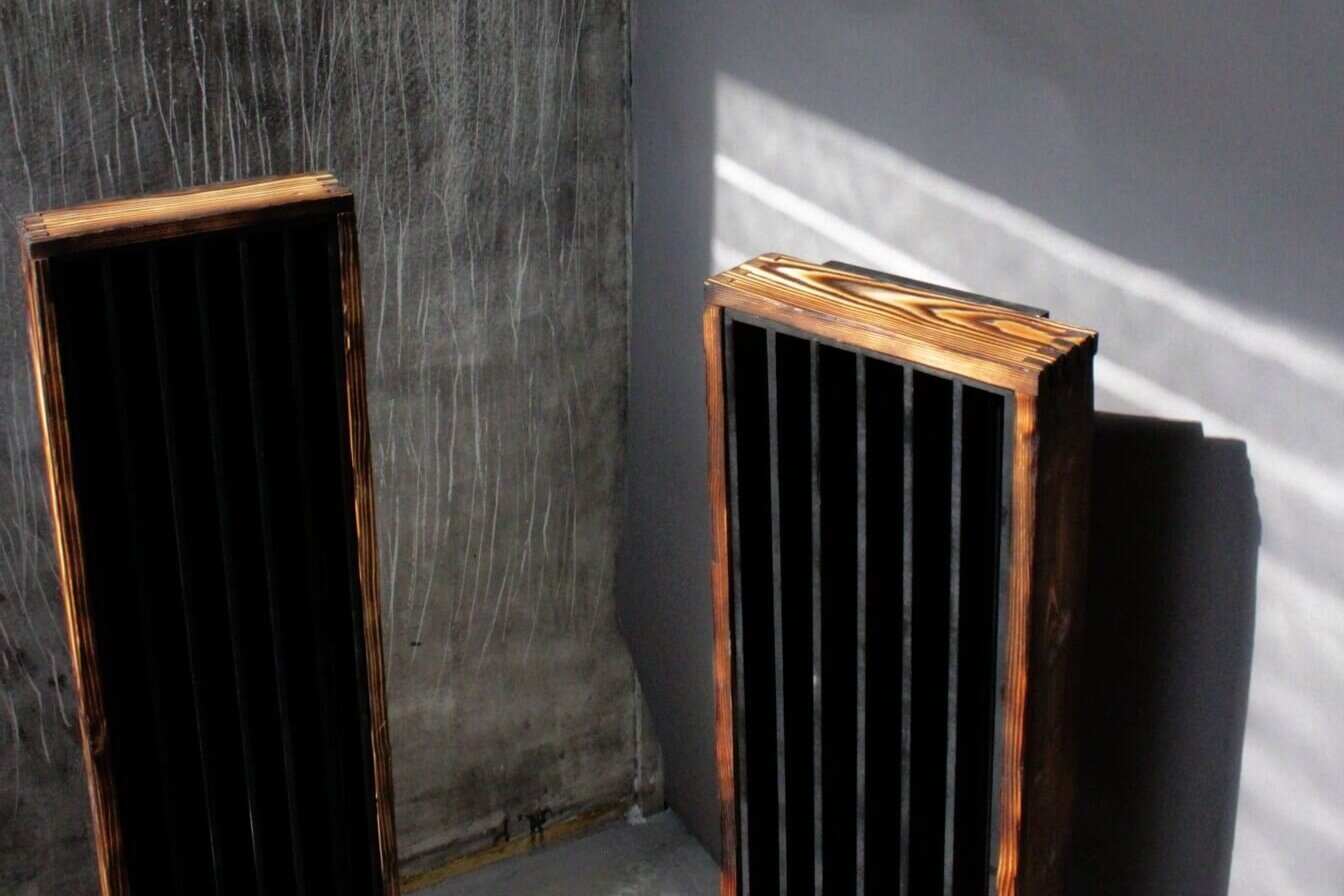
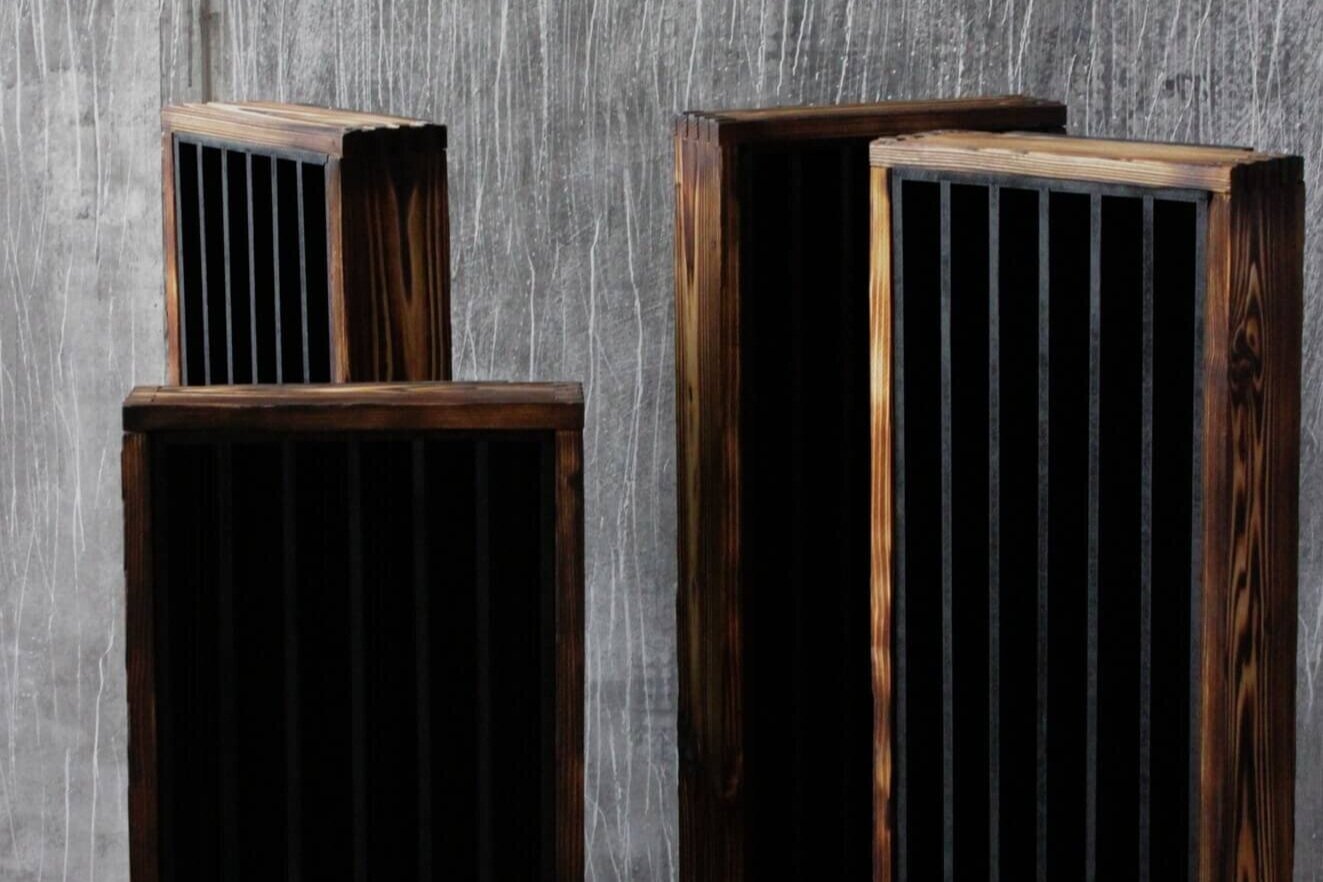








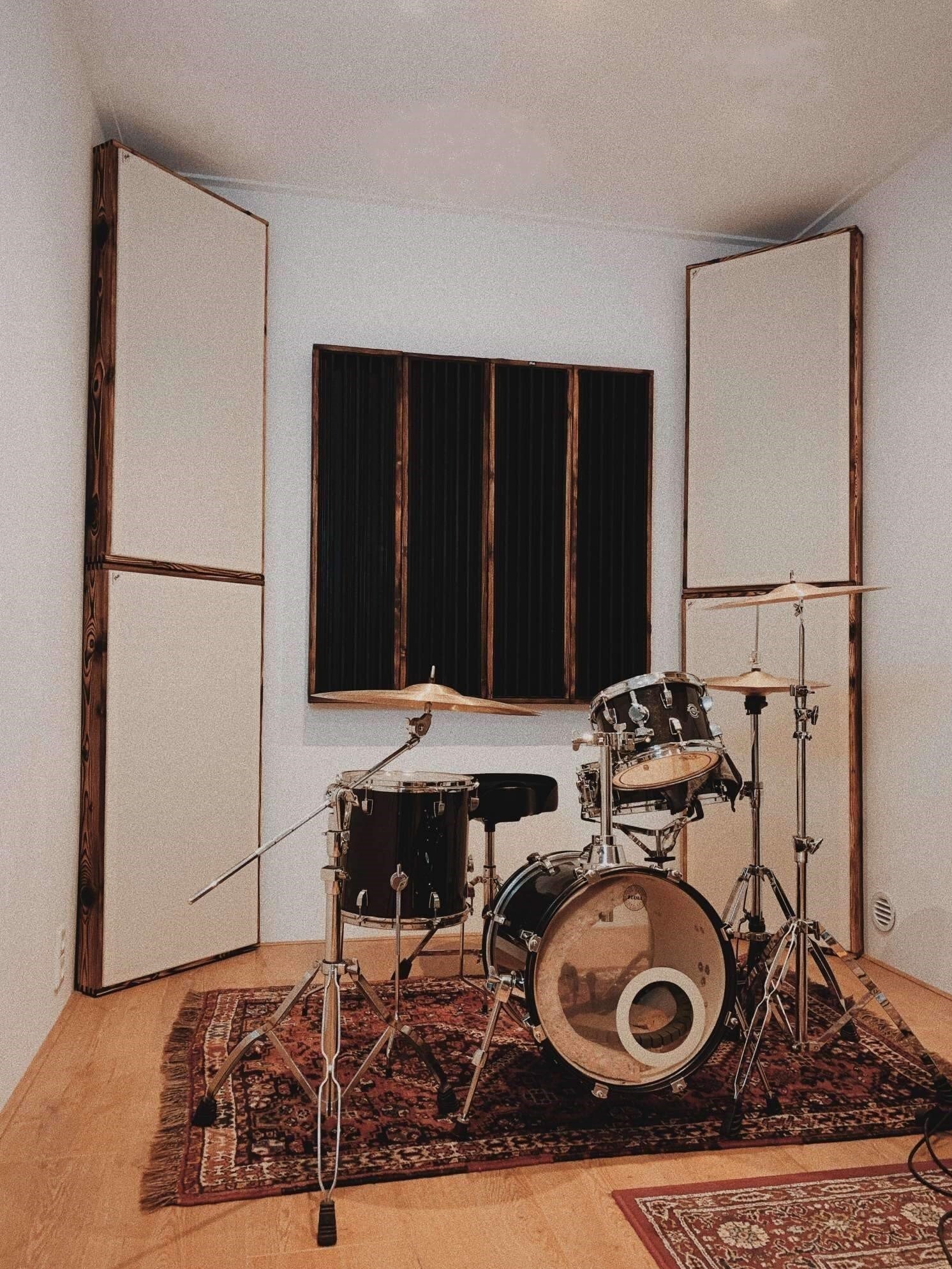
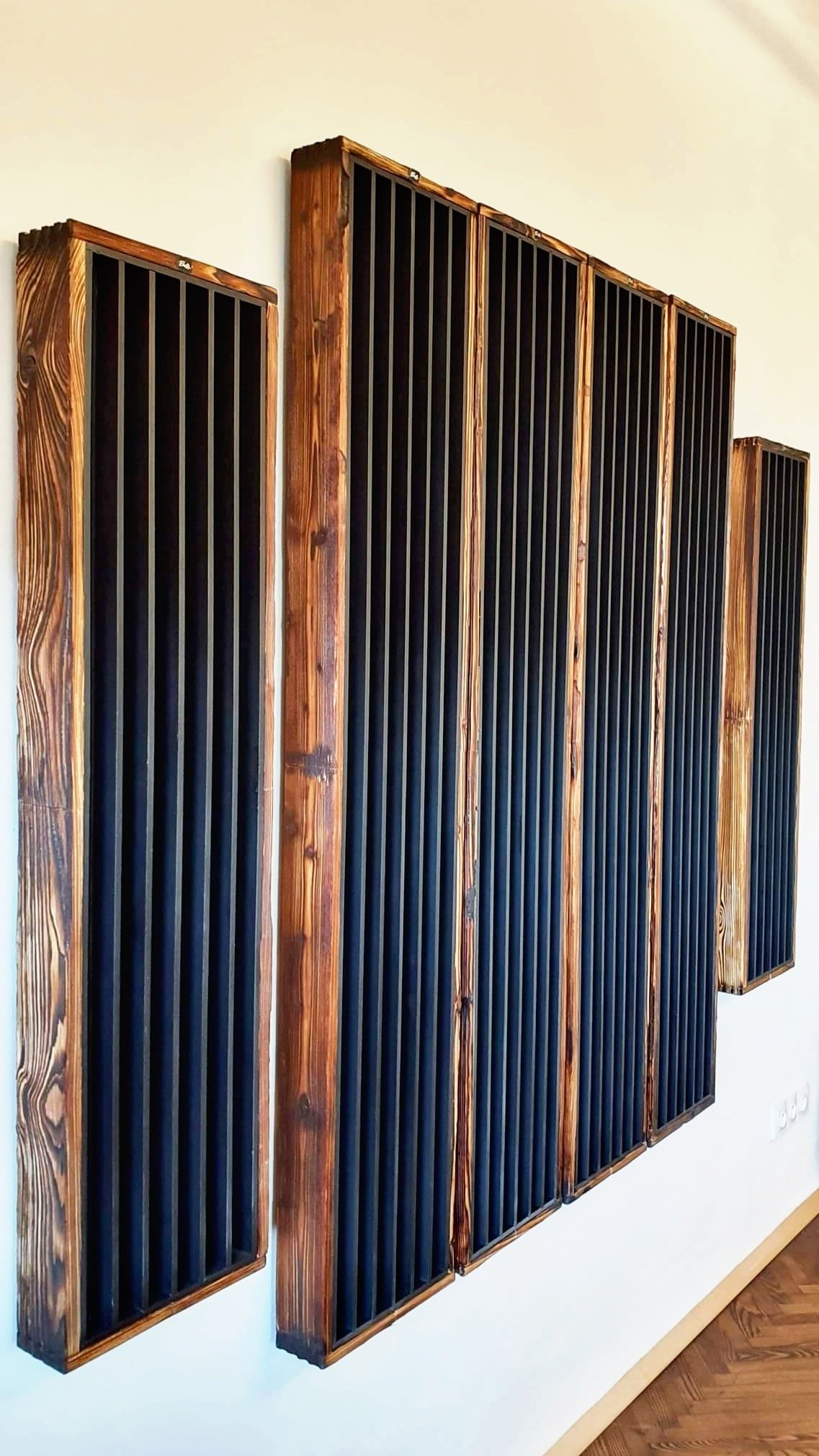
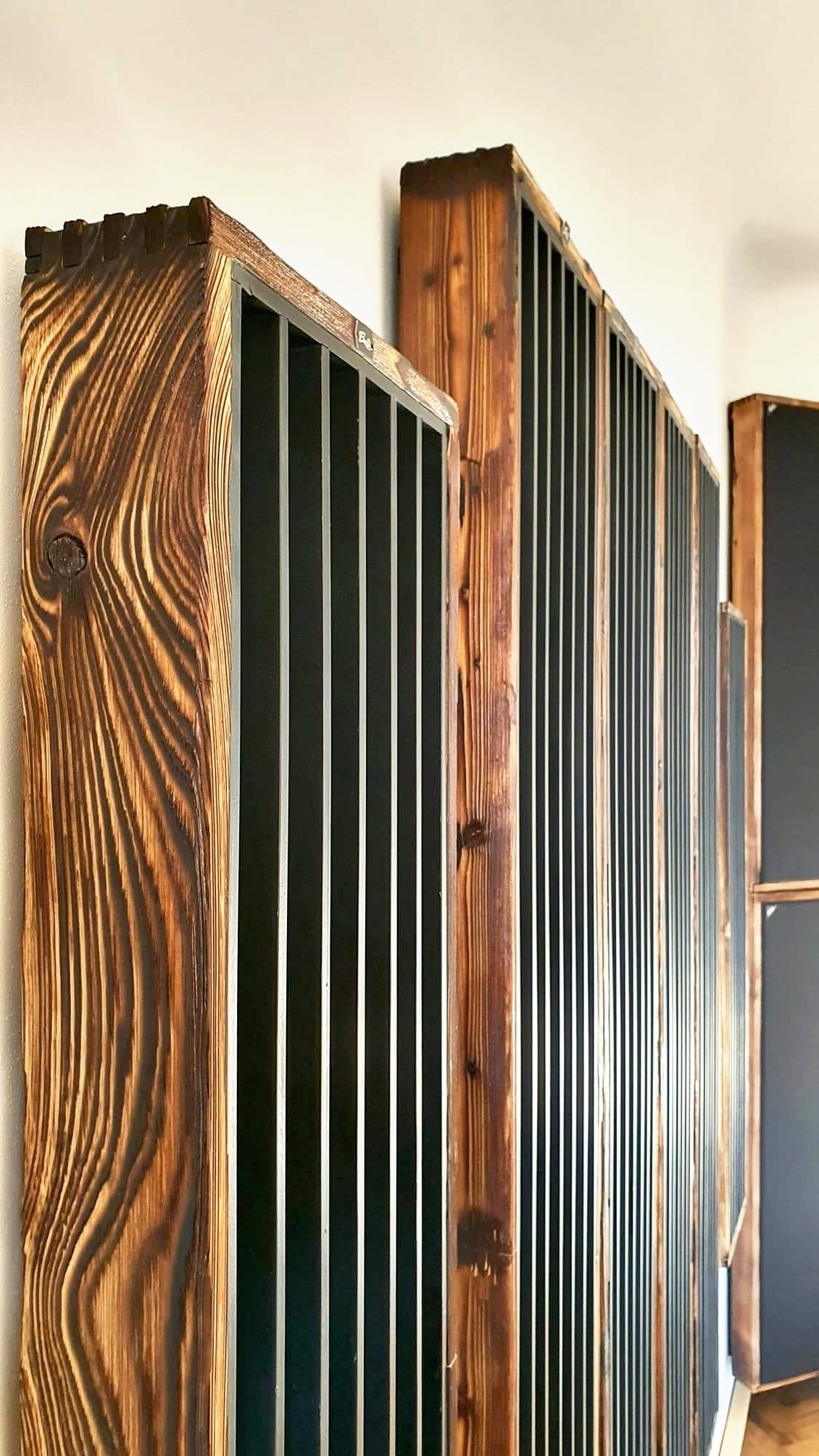


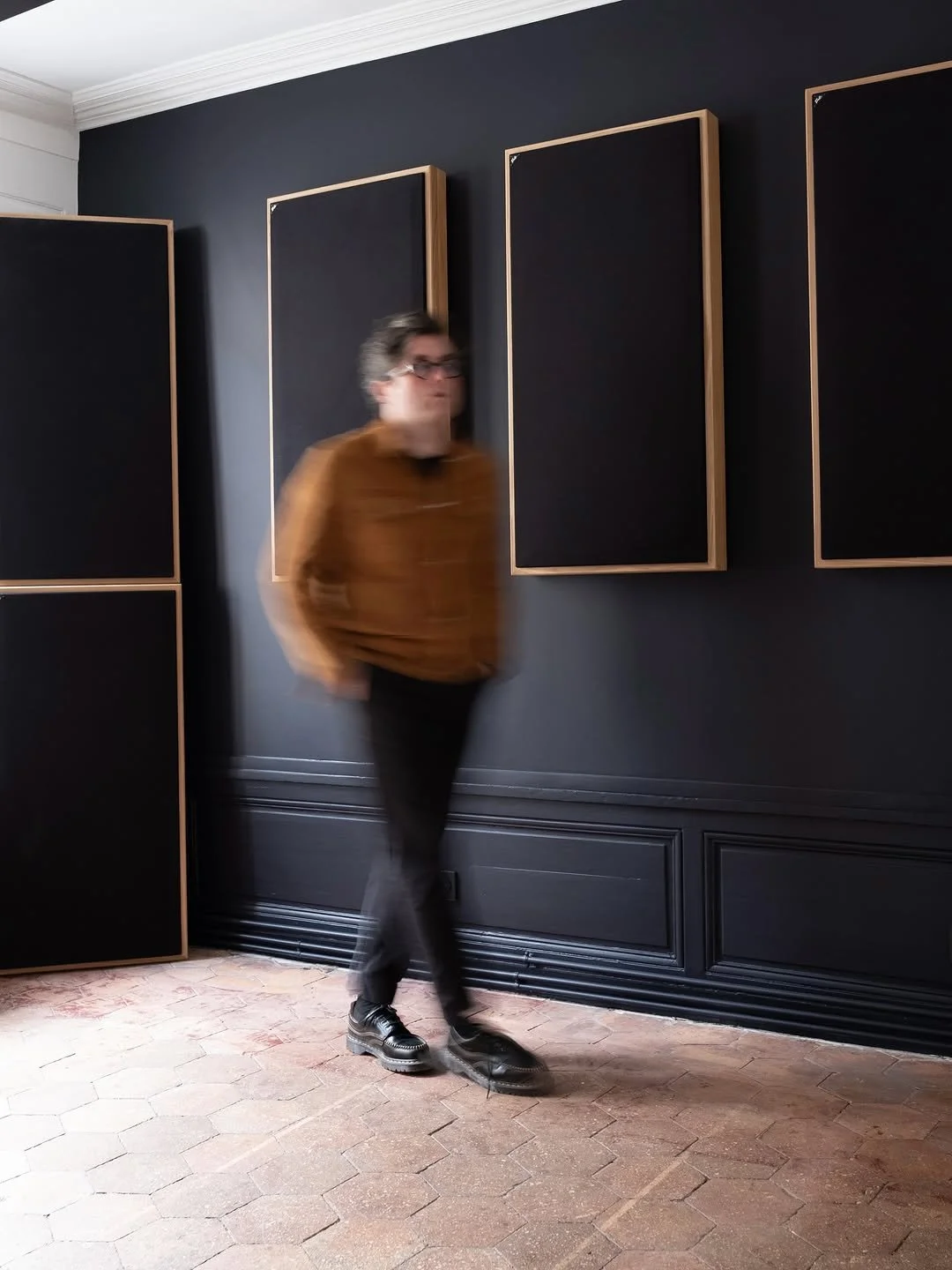
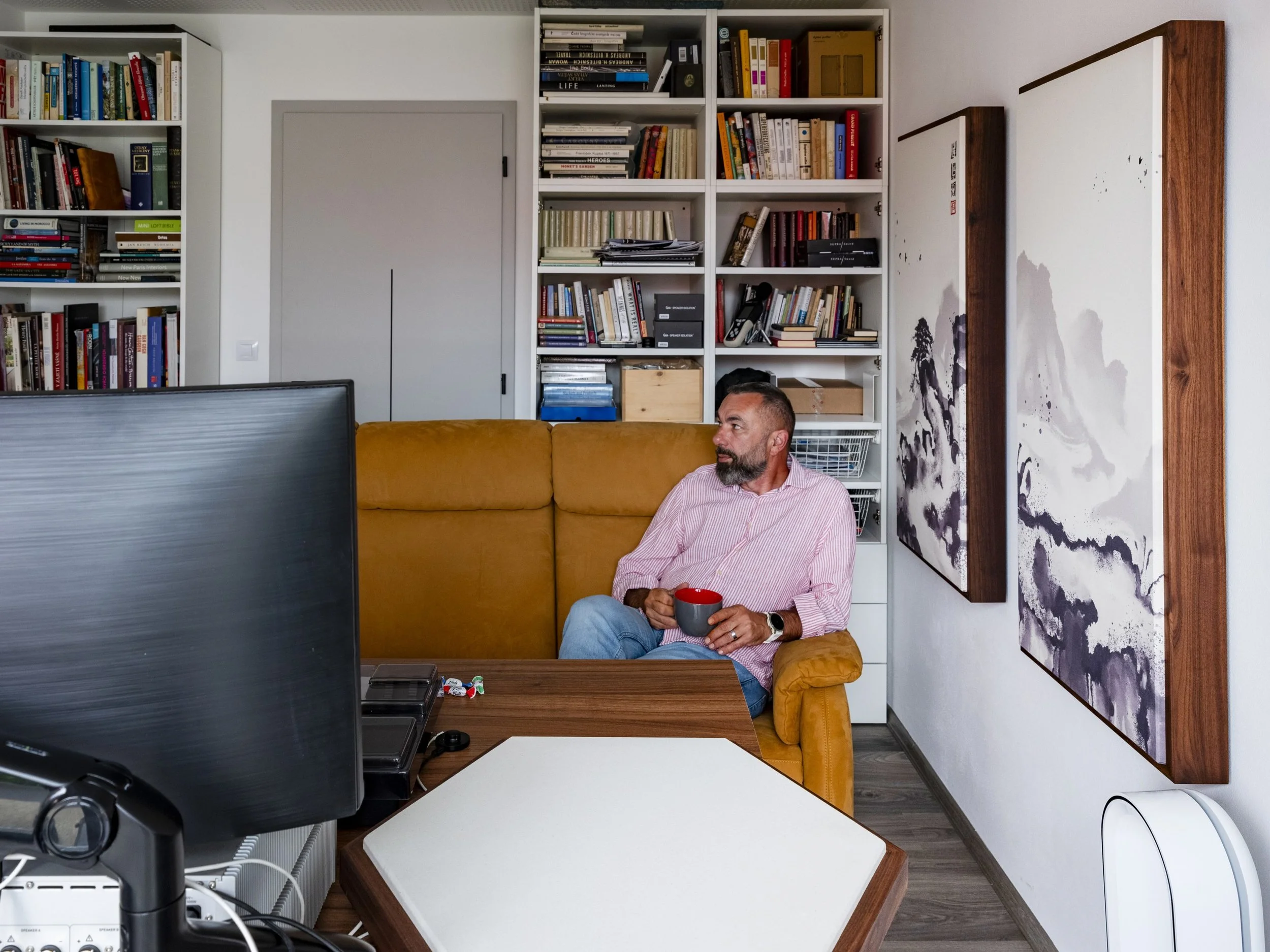




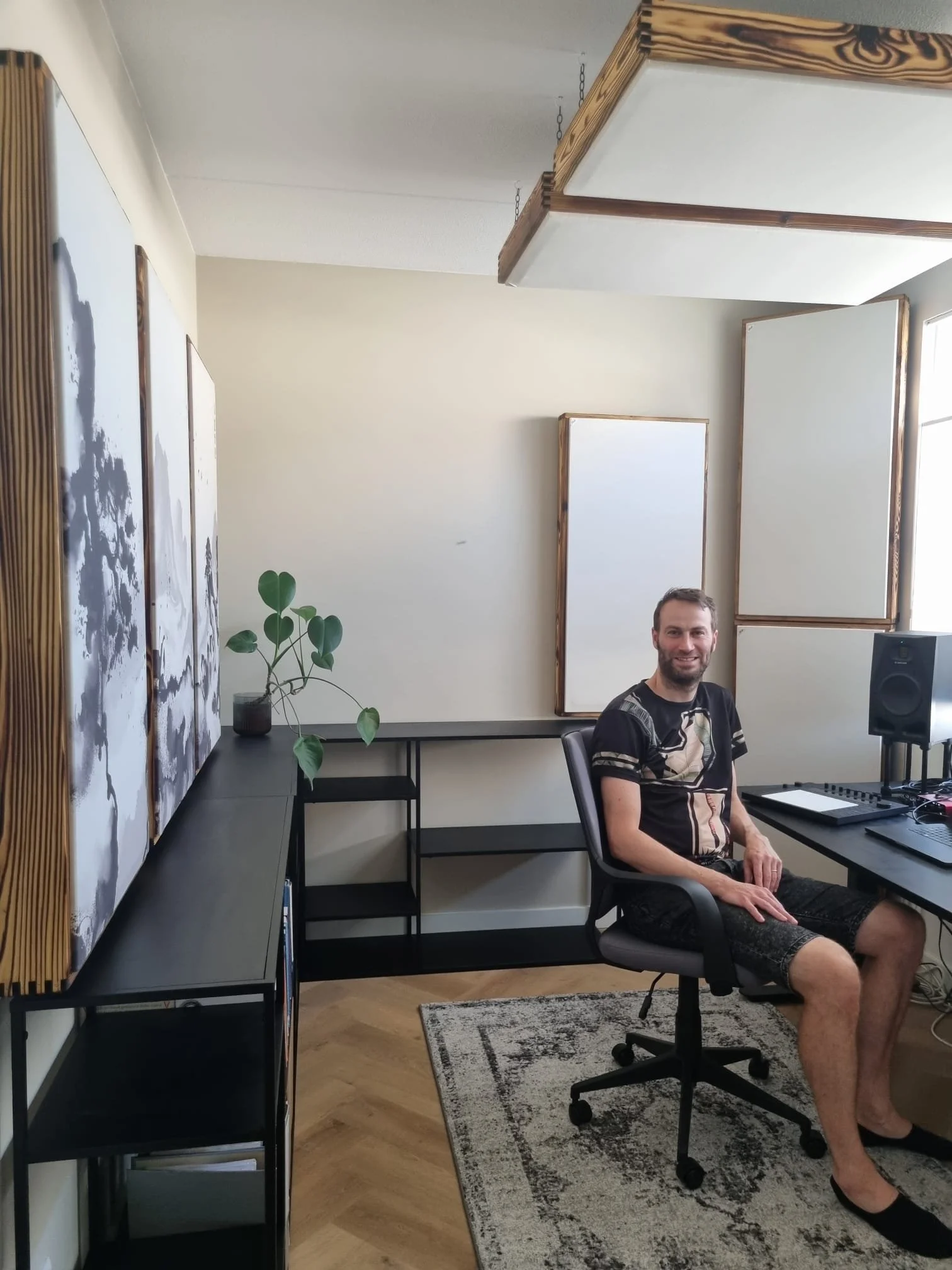











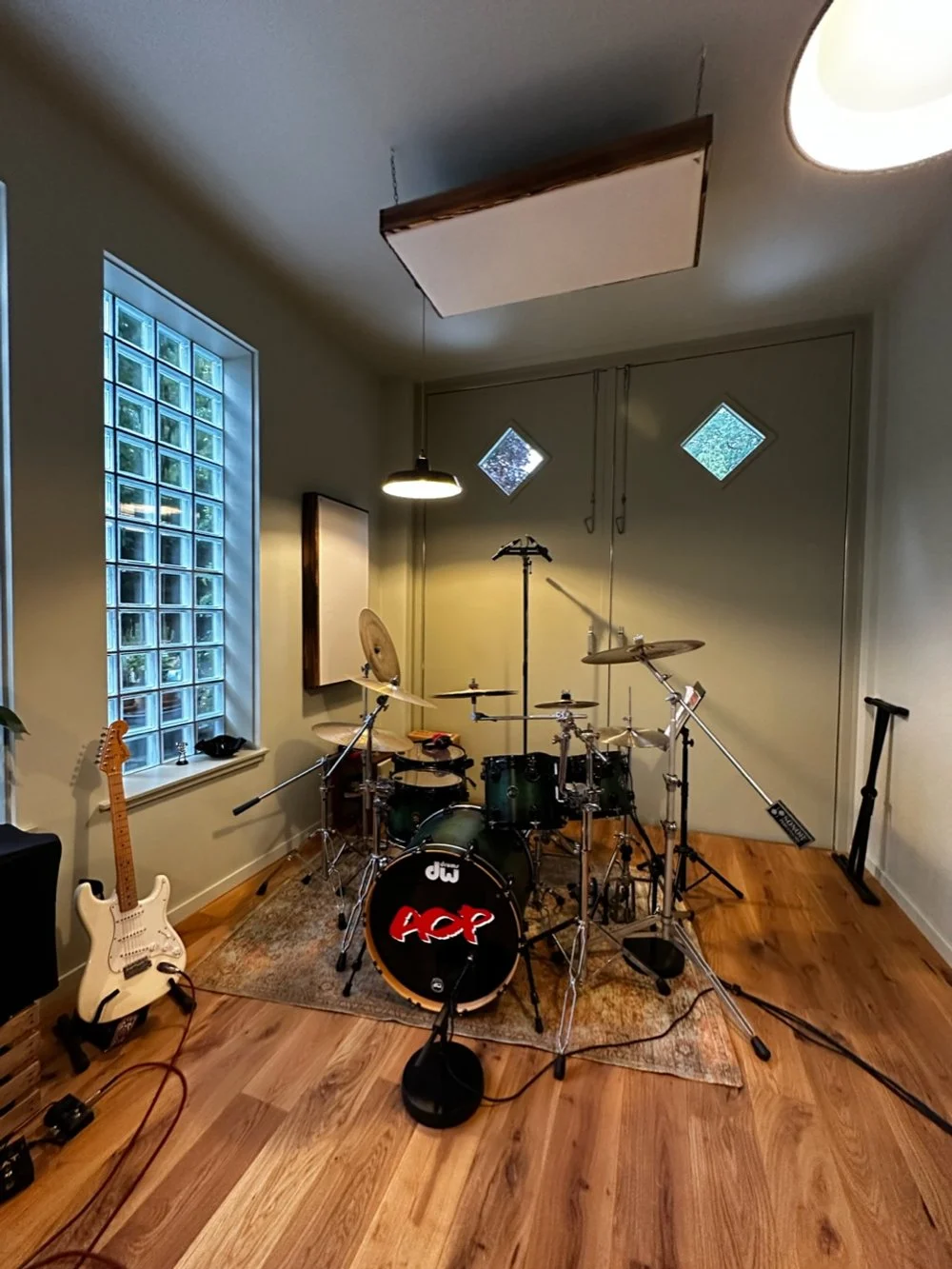





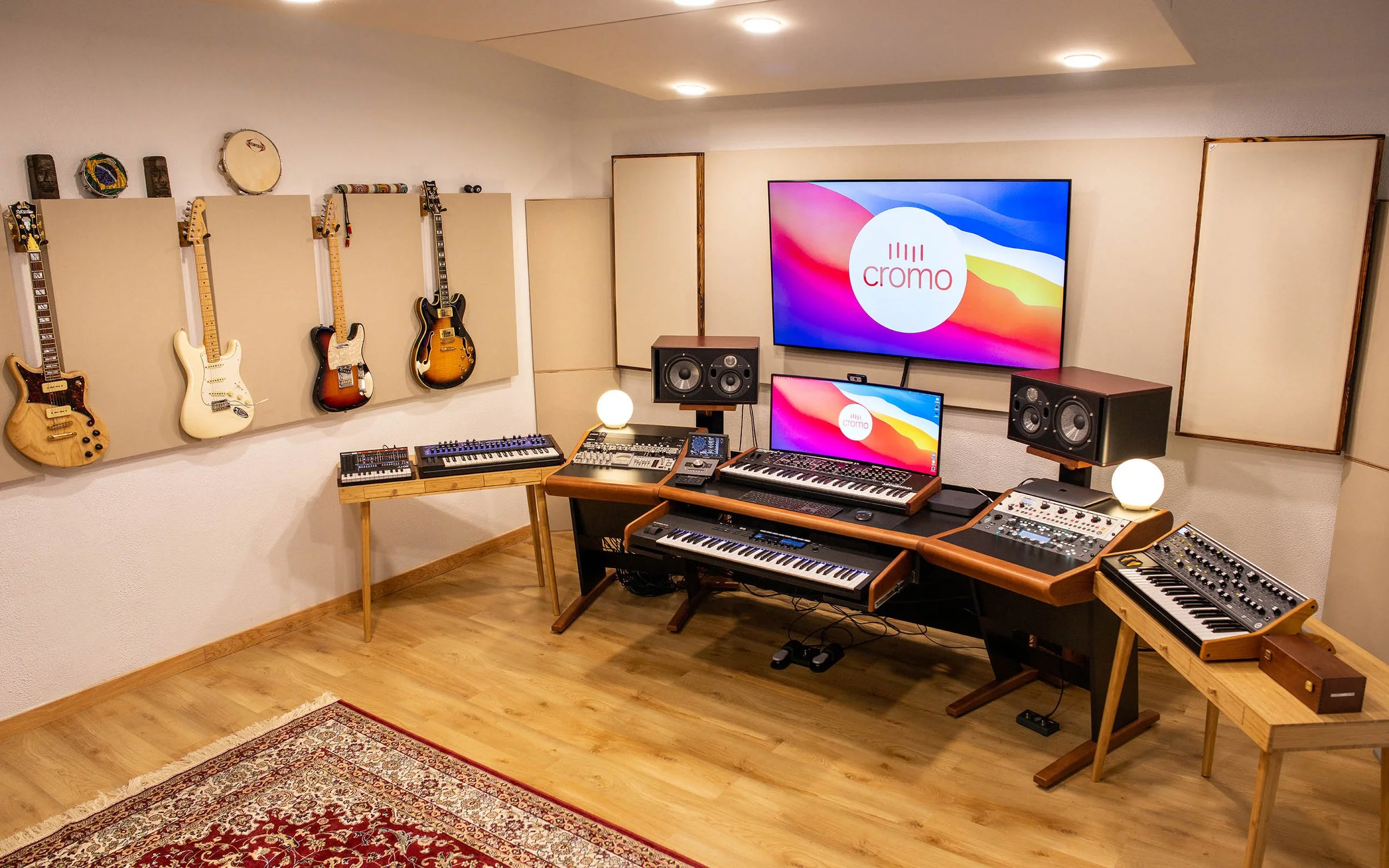



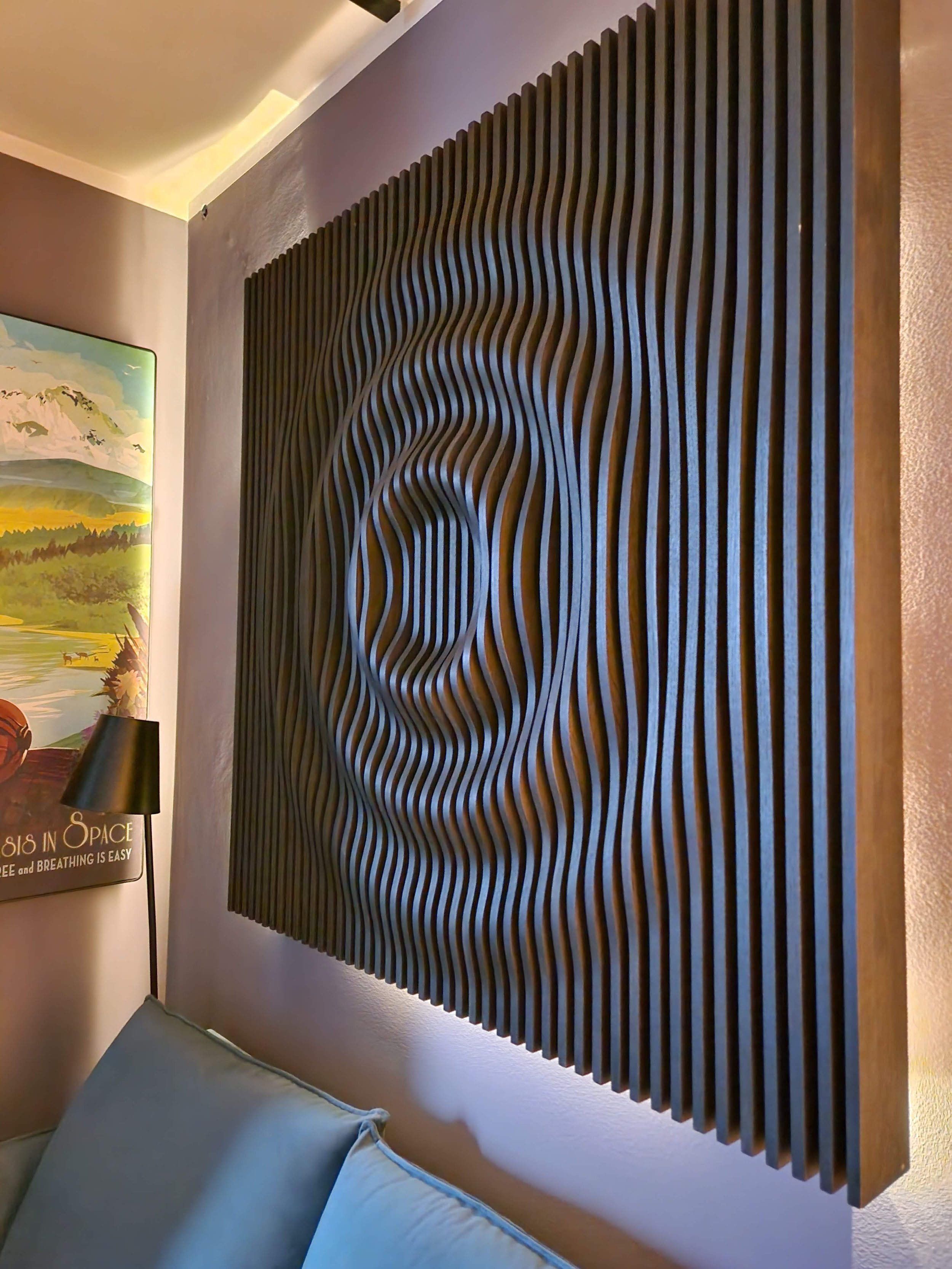



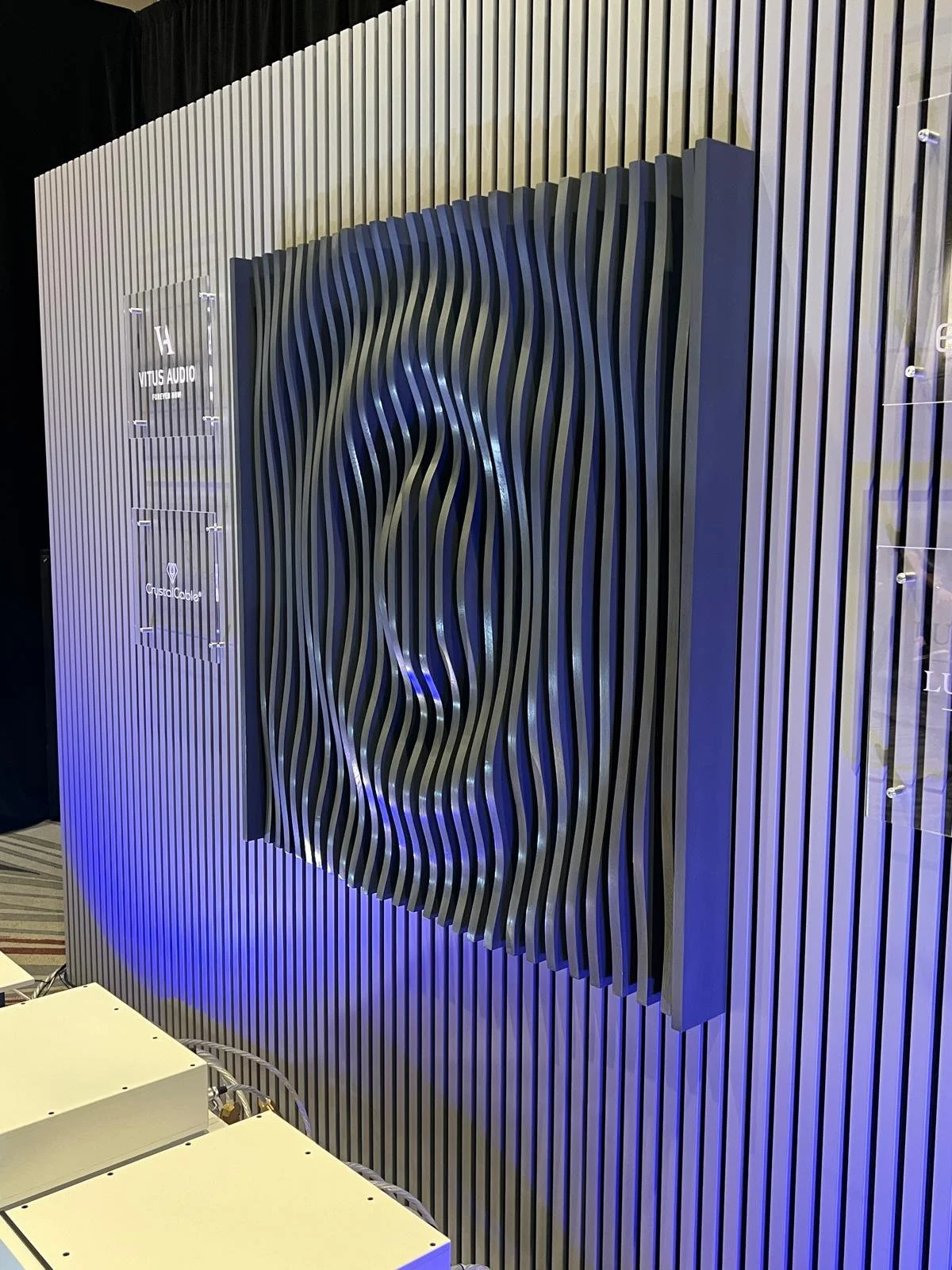







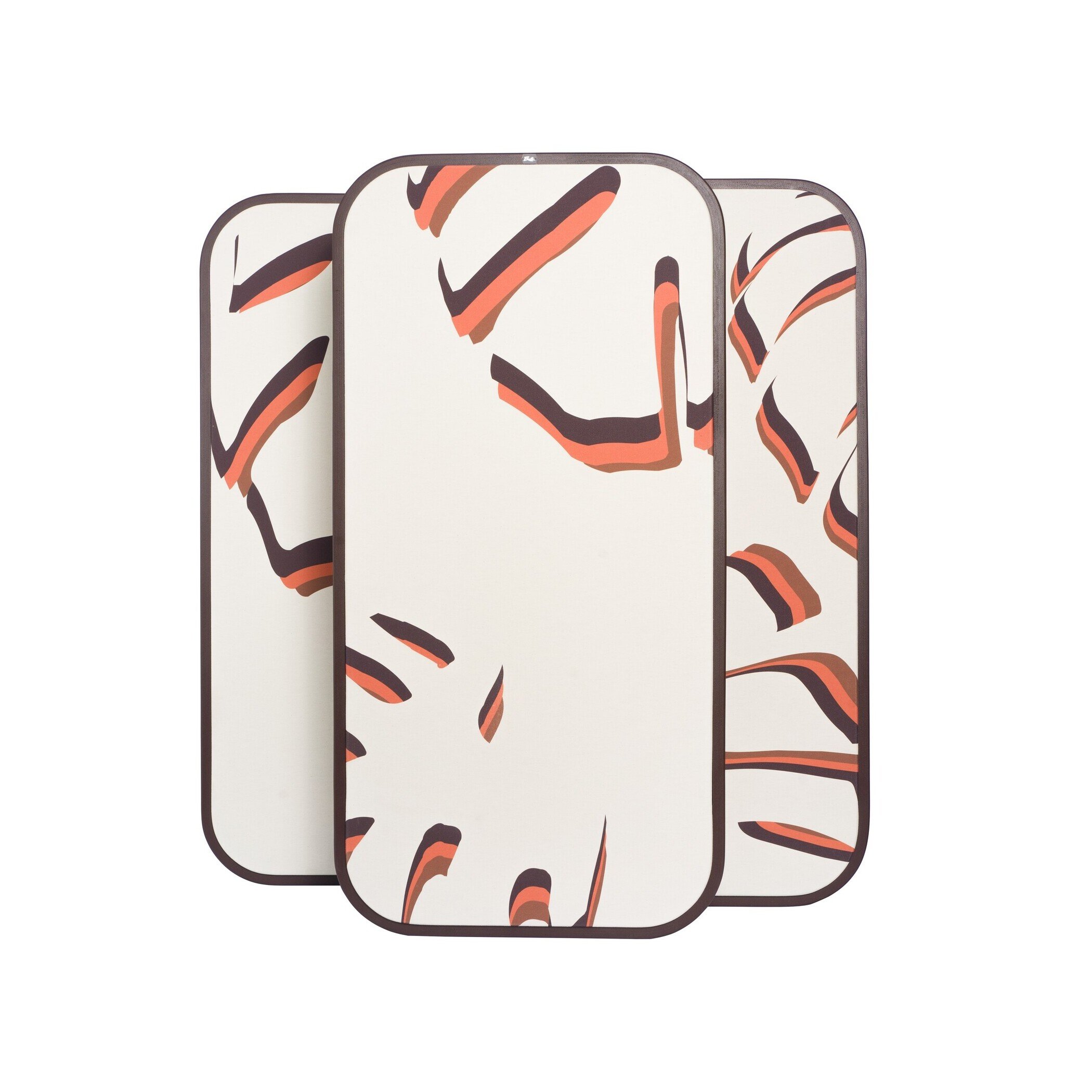



Linear design meets acoustic performance.
Key features:
combined diffusion & absorption acoustic panel
instant improvement of room acoustics
absorption effectiveness 50 % at 300 Hz
no glass wool used - recycled acoustic filler
made from FSC-certified wooden material